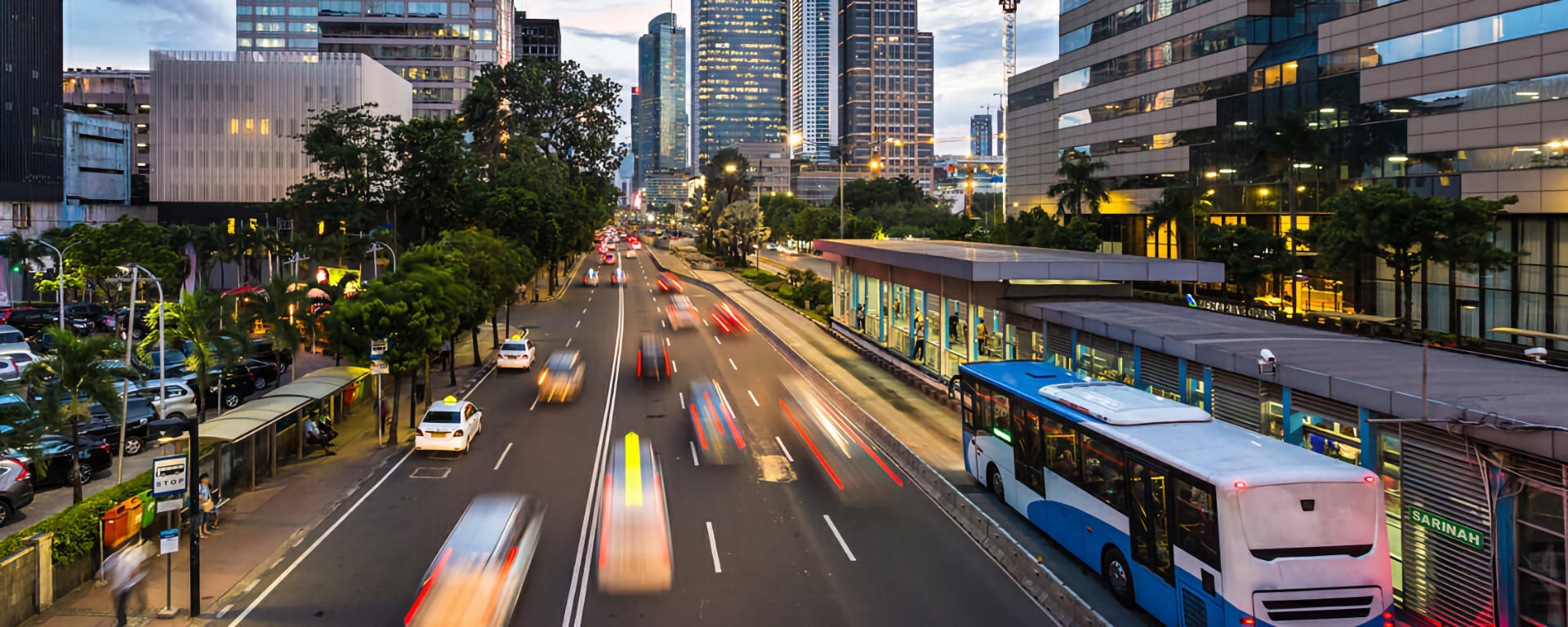Mitchell International has published its Industry Trends Report for the second quarter, which examines the COVID-19 pandemic’s impact on artificial intelligence (AI) and the future of claims automation in the insurance industry, as well as mobility patterns.
Mitchell said COVID-19 has been a catalyst for the digital transformation of insurance claims, with AI-enabled solutions opening new possibilities for insurers and collision repairers.
“From detecting a car accident with IoT (Internet of Things) technology, to instantly processing a payment for completed repairs, the opportunities are endless,” the company said.
Four trends have emerged.
Shifting methods of inspection: Mitchell data shows the use of virtual or photo-based estimating in April 2020 more than doubled from earlier in the year. A year later, LexisNexis Risk Solutions reported that virtual claims handling has now “settled to a level of a little over 60 per cent”.
Over the last year, virtualisation – considered the first level of automation – has resulted in estimate efficiency and consistency gains. “From images, appraisers can complete approximately 15 to 20 estimates per day versus three to four out in the field,” said Mitchell. “This has prompted more carriers – nearly 70 per cent according to LexisNexis Risk Solutions – to embark on the claims automation journey.”
The prevalence of Big Data: Insurers have thrived on data, giving decision makers information to personalise customer interactions. However, in addition to data, Mitchell says touchless estimating requires access to a comprehensive library of vehicle repair and historical claims information, along with the ability to quickly interpret that information using AI. Machine-learning algorithms then translate the output into component-level estimate lines for appraiser review and approval.
Human-machine collaboration: The report said support for a human to machine feedback loop is critical to automating the claims process and can lead to vast improvements in speed and accuracy, as an appraiser’s feedback helps teach the machine to make better decisions. As AI-powered solutions remove repeatable tasks, employees have more time to focus on complex claims that may require extra scrutiny.
The growth of cloud computing and open ecosystems: According to Mitchell, AI’s dependence on data increases the need for cloud-based systems, helping to reduce costs and improve security, accessibility, speed, reliability and scalability. Open ecosystems are also vital to AI and touchless estimating, allowing easy access to data, analytics and software across platforms and providers, giving carriers the ability to create a cohesive, end-to-end claims experience.
The report says that by 2030, McKinsey & Company predicts that more than half of current claims activity will be replaced by AI-enabled automation. With the science now available, the insurance industry has reached a turning point. “Ultimately, it will be those organisations that embrace this ‘new’ technology to deliver a digitally driven claims experience that are best positioned to gain market share and consumer loyalty,” said Mitchell.
CHANGING MOBILITY
According to Mitchell, the future of transportation now looks dramatically different than it did 12 months ago and it continues to evolve. The report listed three new trends shaping mobility’s “next normal” and promising to have a lasting impact on the repair and insurance industries.
Reduced reliance on shared transportation: Mitchell reported that between 2013 and 2016, Uber and Lyft went from 30 million vehicle miles (48 million kilometres) travelled per month in the US to 500 million miles (805 million kilometres). In addition, public transit projects were increasing rapidly.
“What no one saw coming, though, was the massive shift to virtual work due to the pandemic,” said Mitchell. Uber reported a drop in ridership of 50 per cent in Q4 2020 compared with the same period in 2019. Start-ups also began shying away from shared mobility business models. After four years of operation, General Motors shuttered its Maven car-sharing platform in the wake of the COVID-19 outbreak. With international destinations closed, consumers were opting for road trips. More vehicles on the highways and more miles travelled presents a likely increase in claims volume.
Growth in personal vehicle ownership: Reducing the risk of infection, work-from-home policies and a stall in urban population growth may contribute to an increase in personal vehicle ownership.
“While rush hour traffic may never return to pre-pandemic levels in some areas, we could see an increase in gridlock at off-peak hours as many employees have greater flexibility in their schedules. This makes traffic patterns harder to predict,” said Mitchell.
“Although the industry experienced a significant reduction in claims volume in 2020, it’s very likely that volume will begin to go up again – with the possibility of surpassing pre-COVID levels thanks to more cars on the road and more miles driven.”
Increased interest in hybrid and electric vehicles: According to Mitchell, a recent McKinsey & Company study found that 56 per cent of North American respondents are more interested in purchasing a hybrid or electric vehicle (EV) because of the pandemic, even though there is no obvious relationship between EVs and pandemics.
“More than any time in the last decade, vehicle ownership – especially EV ownership – is primed to take centre stage when it comes to mobility,” said Mitchell. “For insurance carriers, this likely means that loss costs – while drastically reduced in 2020 – could begin a steady climb in 2021 with more cars on the road and miles driven. And while collision repairers have been especially hard hit economically throughout the pandemic, the expected increase in claims volume will provide welcome relief.”

